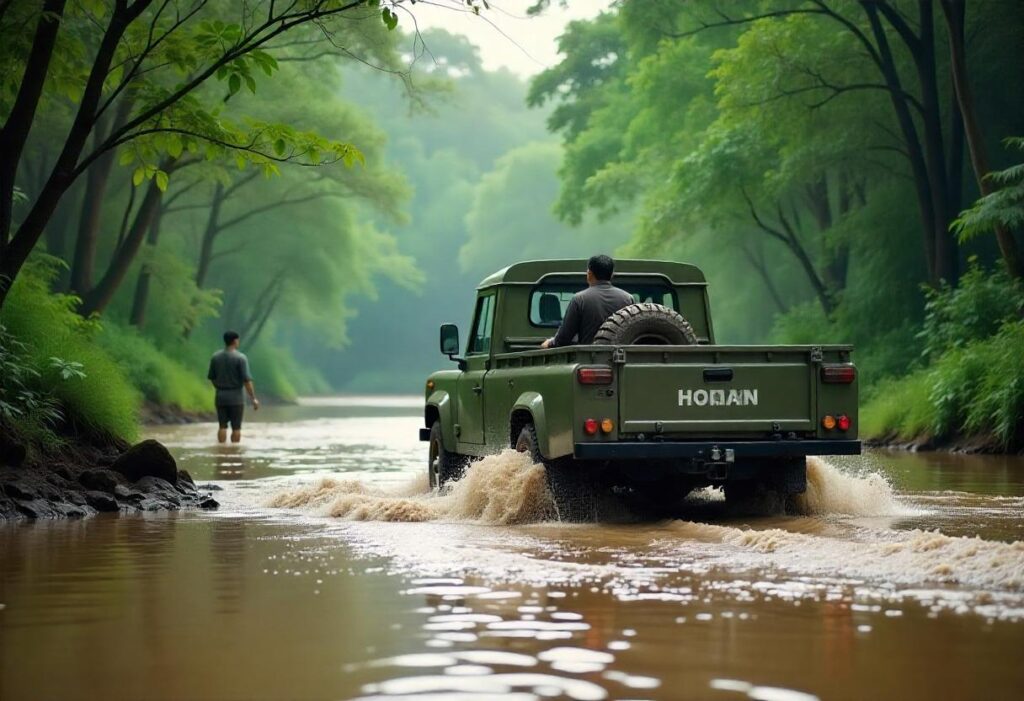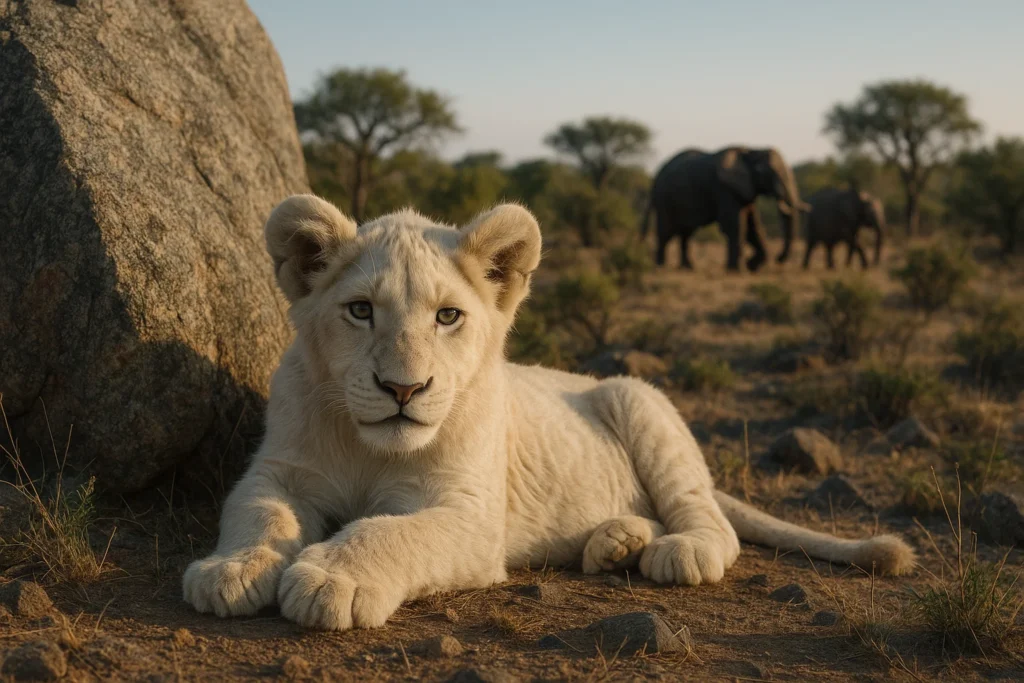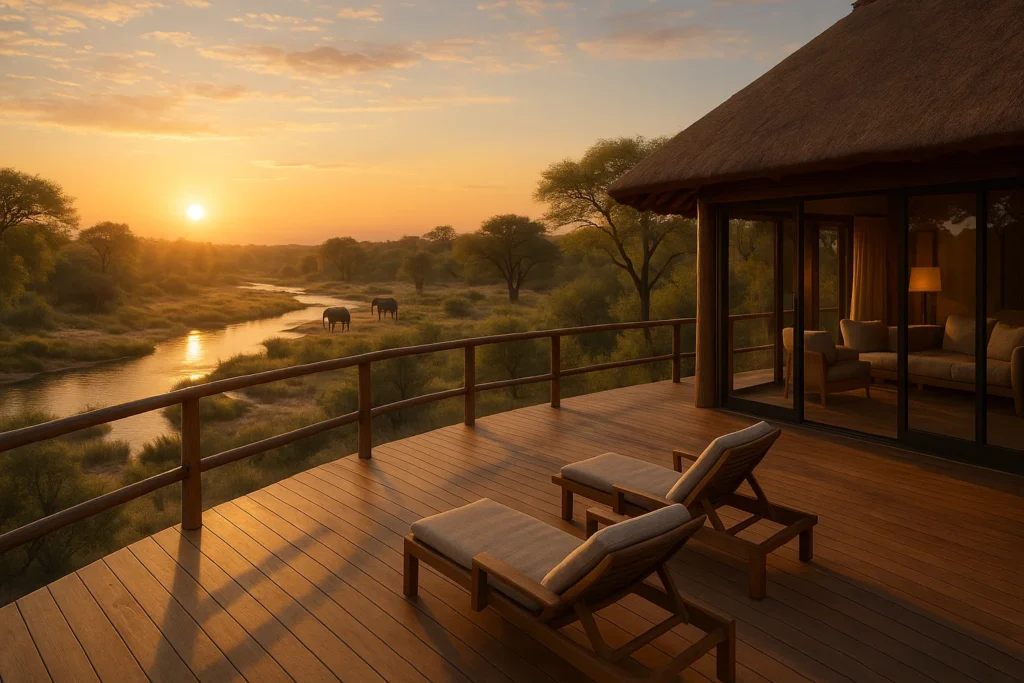While Kenya’s Masai Mara and Tanzania’s Serengeti dominate most safari wishlists, Africa is home to many underrated parks and reserves that offer equally stunning wildlife experiences—often with fewer crowds and a deeper sense of wilderness. If you’re looking to go beyond the usual routes, these hidden gems belong on your next safari itinerary.
1. Katavi National Park, Tanzania
Remote, raw, and wild
Tucked away in the far west of Tanzania, Katavi is one of the continent’s most untouched national parks. With huge herds of buffalo and hippo-packed rivers, it’s a paradise for seasoned safari-goers seeking isolation and intense wildlife drama—without another vehicle in sight.
- Why go: Extreme remoteness, predator-prey interactions, dramatic dry season.
- Best time to visit: June to October (dry season).
2. South Luangwa National Park, Zambia
The birthplace of the walking safari
South Luangwa is a jewel for travelers seeking an authentic and immersive bush experience. Renowned for walking safaris and an abundance of leopards, this park blends thrilling game viewing with exceptional guides and rustic lodges.
- Why go: Walking safaris, leopard sightings, intimate lodges.
- Best time to visit: May to October.
3. Kidepo Valley National Park, Uganda
Africa’s best-kept secret?
Bordering South Sudan, Kidepo offers rugged scenery, unique wildlife (like cheetahs and ostriches), and rich cultural encounters with the Karamojong people. It’s one of the least visited yet most beautiful parks in East Africa.
- Why go: Seclusion, rare species, dramatic landscapes.
- Best time to visit: September to March.
4. Liuwa Plain National Park, Zambia
A wilderness of wildebeests
Once the personal hunting ground of a local king, Liuwa is home to the second-largest wildebeest migration in Africa. With just a handful of camps and very few visitors, it’s one of the most exclusive and surreal safari experiences available.
- Why go: Little-known migration, birding, remoteness.
- Best time to visit: November (migration peak).
5. Nyika Plateau National Park, Malawi
Rolling hills and roan antelope
Nyika Plateau looks more like Scotland than Africa—think rolling grasslands and misty pine forests. It’s great for spotting roan antelope, zebras, and leopards, and is perfect for those seeking a mix of wildlife, hiking, and unique scenery.
- Why go: Unique landscapes, horseback safaris, endemic species.
- Best time to visit: June to September.
6. Mapungubwe National Park, South Africa
Where wildlife meets ancient history
This UNESCO World Heritage Site in northern South Africa combines wildlife with archaeological wonders. Elephants roam near ancient ruins, and the sandstone ridges offer spectacular viewpoints over the Limpopo River.
- Why go: Cultural significance, baobab trees, quiet game drives.
- Best time to visit: May to September.
7. Nkasa Rupara National Park, Namibia
Namibia’s version of the Okavango Delta
Located in the lush Zambezi Region, Nkasa Rupara offers wetlands teeming with birds, buffalo, and elephants. It’s ideal for self-drive safaris and intrepid travelers wanting to explore a lesser-known part of Namibia.
- Why go: Wetland ecosystem, birdlife, authentic wilderness.
- Best time to visit: July to October.
Why Choose a Lesser-known Safari Destination?
Fewer tourists, richer experiences
Off-the-beaten-path parks offer:
- Greater exclusivity and intimacy with nature.
- Better value for money at high-end lodges.
- Unique species and ecosystems not found in the more famous parks.
- A more sustainable tourism footprint.
Planning Tips for Underrated Safari Spots
Logistics & What to Know
- Some parks require charter flights or long drives—plan accordingly.
- Fewer crowds mean fewer amenities: go prepared.
- Use a trusted tour operator with local expertise.
Conclusion: Go Where Few Have Gone
The African safari experience doesn’t end with the Serengeti or Kruger. In fact, the continent’s magic often lies in its quieter corners—where wildlife thrives undisturbed and every sighting feels like a discovery. If you’re ready to venture beyond the obvious, these seven hidden gems will reward you with unforgettable memories.
FAQs
Smaller crowds, more exclusive wildlife encounters, lower impact tourism, and often better value for luxury lodges.
Yes, especially for travelers seeking privacy, adventure, and authenticity. A good guide enhances the experience in any park.
Some do (like South Luangwa or Katavi), while others focus on specific species or ecosystems, offering a more specialized experience.
Access usually requires charter flights or 4×4 transfers arranged by tour operators. Always book with local experts for logistics.
Yes, most are safe with proper planning. Choose reputable operators and stay in registered camps or lodges for a secure trip.






